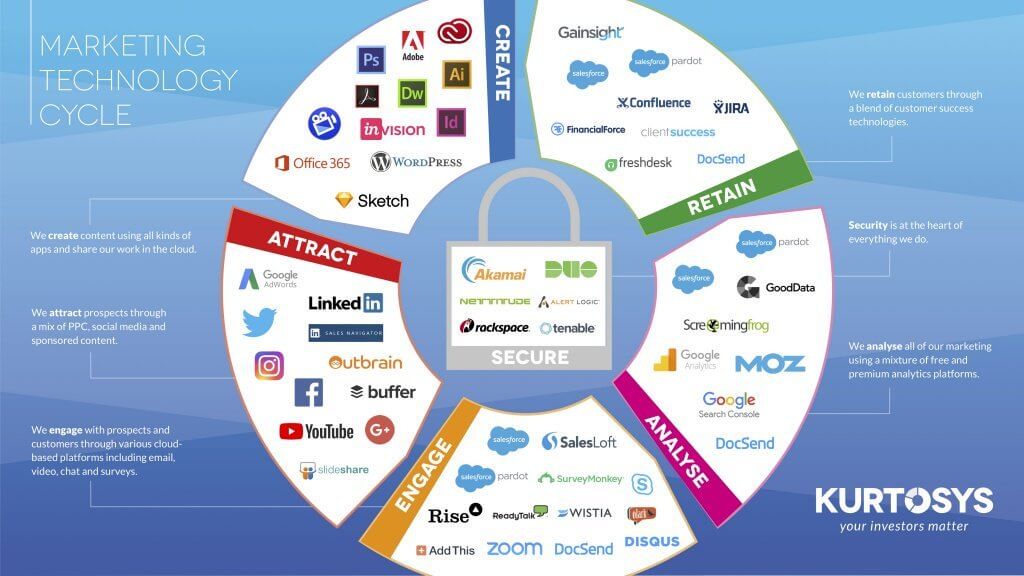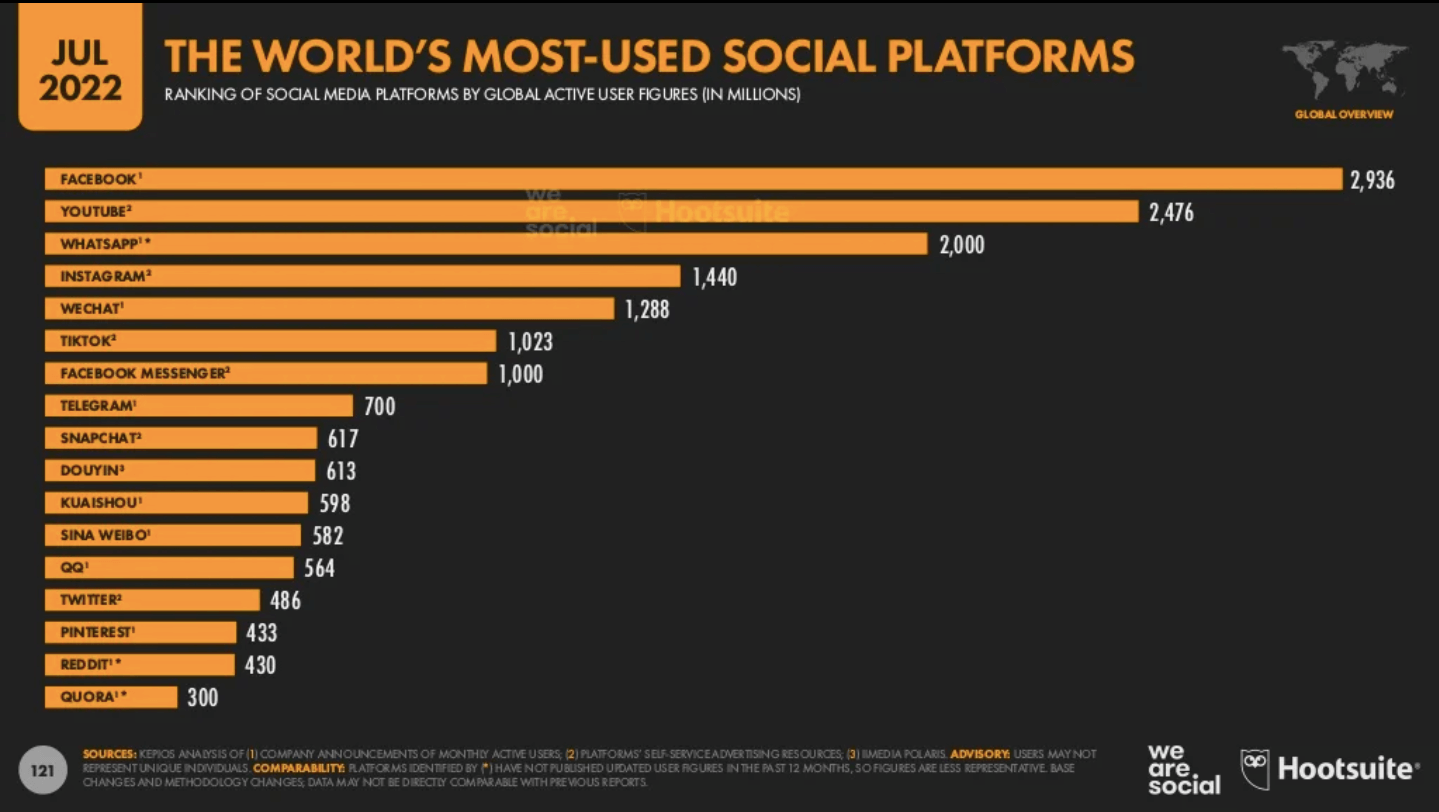
It is important to define your audience and create a customer journey map before you start your content marketing campaigns. This article will walk you through the steps to developing a content marketing strategy. It will also help you learn how to measure the results of your strategy and adjust it as needed. This will help to build a solid plan and accelerate your results. Read on for more. I'll briefly cover content marketing basics until then.
Segmenting your audience
Segmenting is an important part of strategic content marketing. It will help you to identify different opportunities to reach different groups of your audience through tailored messaging. It is possible to not send a message to all your audience if you are announcing new products. You can segment your audience into groups with similar interests. However, you will likely have different types of audience members with different needs and goals. By segmenting your audience, you can tailor your messaging and deliver better results.
Understanding your target audience is the first step to audience segmentation. Segmentation is crucial because it will allow you to allocate your marketing resources. Spending more money in one segment is not a wise investment. You should tailor your messages to each segment if your target audience is small. This will ensure you reach the right audiences at the right times.

A customer journey map
A customer journey map will help you understand your audience and the way they interact with you. This map will help to improve your understanding of your customer base. One example of a customer's first impression about your business is their inability to understand the products and services you offer. You can use the customer journey map to help you identify any barriers that they might face in a particular situation. This will help you create content that addresses their needs and interests.
Customer personas are fictional representations of your target audience. These personas can help you establish a customer roadmap. Customer research can offer valuable insights, which will help you build your customer journey map. You can collect data from questionnaires, surveys, or user testing. You should also use actual customers, prospects and other individuals who have interacted in some way with your company to create customer personas.
Create a content marketing plan
Content marketing strategies should include four essential elements: strategic, targeted, effective, and time. Creating a plan for your content marketing will help you focus your efforts, anticipate challenges, and allocate resources wisely. By creating a strategy, you can ensure your content marketing plan is strategic. Google Analytics provides a comprehensive course in content marketing. But before you get started, make sure you have a clear understanding of your business goals.
A content marketing plan does not have to be difficult. The plan will allow you to create a solid and search engine-friendly content marketing plan. It should include multiple content types that are appealing to different audiences. For example, if your company sells consumer product, you might develop content that addresses common pain points experienced by customers. If your content addresses these problems, you can make your company's solutions the focus of your writing.

Measuring results
The success of any content marketing campaign depends on the measurement of its results. The most important metric for content marketing success is site traffic, and there are a number of ways to measure it. Channel report allows you to see the number of people who clicked on a certain post in a month. It is possible to also track the number of unique visitors as well as how many people clicked on the link to your site.
Raising brand awareness is an important aspect of a content marketing campaign. You can increase your business' success and become a respected leader within your industry by raising brand awareness. Ideal customers actively search for brands that meet their needs. Content marketing can help increase brand awareness and reach new customers. A measurement system allows you to track and monitor the success of your content's brand awareness.
FAQ
What is the point of a content-marketing strategy?
Content marketing does not mean creating high-quality content just for the sake. Instead, it's about engaging with people on an emotional level, helping them solve problems, and building relationships. This requires a sophisticated understanding of how people behave online.
And this is precisely what Content Marketing Strategy does. Content Marketing Strategy will help you to understand the psychology of your customers in order to best engage them.
It also helps you improve your conversion rates to increase your profits.
But why would you want to invest in a Content Marketing Strategy when plenty of other options are available?
Content Marketing Strategy has a higher ROI than any other marketing method.
A well-executed Content Marketing Strategy will help you build brand awareness and sell products.
What is Content marketing?
This is a strategy that creates valuable, relevant content for your website or blog. This content includes videos, images, text, infographics, etc., and it helps you attract new customers and keep existing ones engaged.
How does content-marketing work?
Content Marketing is a way to create engaging, valuable content that offers value.
When you provide helpful information, solve problems, entertain, or engage your audience, you build relationships with them. Positive messages from brands you trust are very popular.
People love reading about things they are interested in. If you write interesting content, readers will continue to return for more.
Your content should encourage people to take actions - such as buying your product or signingup for your newsletter.
Content marketing should be engaging and informative.
Statistics
- According to our research, 65% of companies with very successful content marketing in 2021 ran content audits at least twice a year. (semrush.com)
- Companies that use content marketing see approximately 30% higher growth rates than businesses not using it. (mailchimp.com)
- Progress indicators (0–100%) allow each team member to see how attainable each goal is and understand what remains to be accomplished. (semrush.com)
- Content marketing produces 3X more leads per dollar spent. Content marketing costs 62% less than traditional marketing. (criteo.com)
- We found that 40% of businesses don't have a documented strategy yet. (semrush.com)
- According to our research, brand awareness, attracting traffic, and generating leads remain the key content marketing goals in 2022. (semrush.com)
- An example of an overarching goal could be: "In 2022, we want to achieve a 20% increase in revenue created by organic content and generate 15,000 MQLs with a budget of $30,000." (semrush.com)
- This marketing strategy landed Ford a 15.4% conversion rate. (neilpatel.com)
External Links
How To
How to create stunning photos
To make your content stand out from others, you should use images. Images are one of most effective methods of communicating ideas visually. They can grab attention and increase engagement. They help convey complex concepts simply and effectively, and they're also useful for highlighting key points in any kind of written content (e.g., blog posts, social media updates, etc. ).
Images can be used to enhance a presentation or piece of writing. They can make it more interesting and alive. You could end up with mediocre results if you don’t know how to select the right image. Here are some tips to help you choose the best images for your next job.
-
What makes an image great? There are a few things to consider before you begin looking at photos. First off, you want to pick images that are clear and concise. A messy photo won't do the trick. It will not grab attention like a simple, clear image. It's important to avoid taking photos of people who are not smiling or looking into the camera. It gives off the impression that your message is not very interesting. It is important that your image does not distract from the main message you are trying convey. If it distracts from the main point, it may not be ideal.
-
Look for inspiration. Once you've got a list of potential candidates, it's time to go through them and find those that catch your eye. Take a look through the captions. You will see that some photographers include them in the image, while others separate them. You need to ensure that the captions are clear enough to read. Also, pay close attention to the context of the photo. Do you expect to see someone having a good time in the photo? Or maybe it's a place that looks like it could be dangerous. Maybe it's somewhere you wouldn't normally associate with happiness. No matter what the reason, consider why you like this image and how it connects to the message you are trying to convey.
-
Different types of images can be tested. The best thing about using images in your content? They allow you to highlight certain parts of your text. You might want to include a picture of the product in action if you are writing about it. A similar image could be used to illustrate the information in an infographic. Visual aids such as these can help readers connect with your information.
-
Make sure you use the correct file format. One of the most important factors to remember when choosing images is the file type you need to use. You have two choices when creating web pages: JPEG, or GIF. Each file format has its advantages and disadvantages. JPEG files can be used on websites as well as social media posts. Because they can store large amounts of data in small spaces, JPEG files are especially useful for photos. They do tend to lose quality and become pixelated over time. GIFs are much smaller than JPEGs so they are better suited for graphics and animation. They do not support transparency so they are unsuitable as photos.
-
You can also include other visuals. You can include additional visuals in your content if you are having trouble coming up with images. Your post's effectiveness can be greatly improved by providing a distraction-free environment. This means they're less likely to click out of the page while reading your article. Create infographics, which are great for adding visuals to your site. Infographics are extremely popular, as they provide a quick, easy way to share lots of useful information. These infographics are great for adding to blog posts.